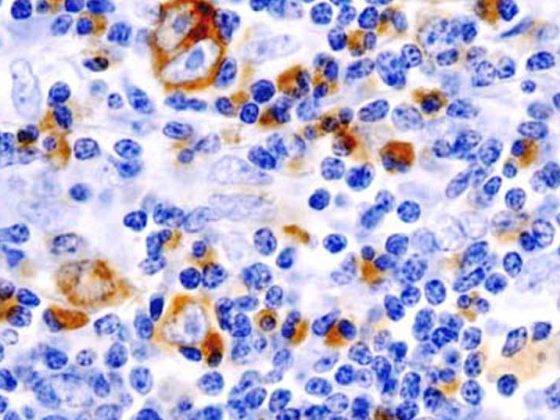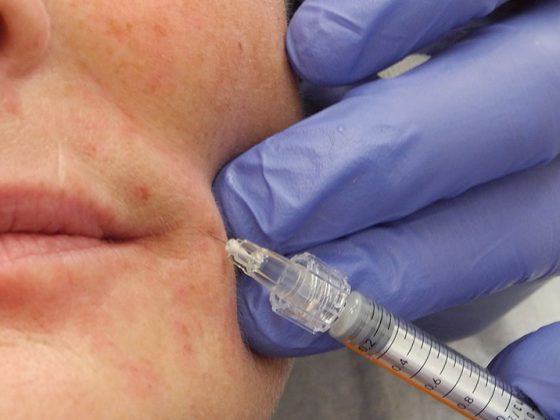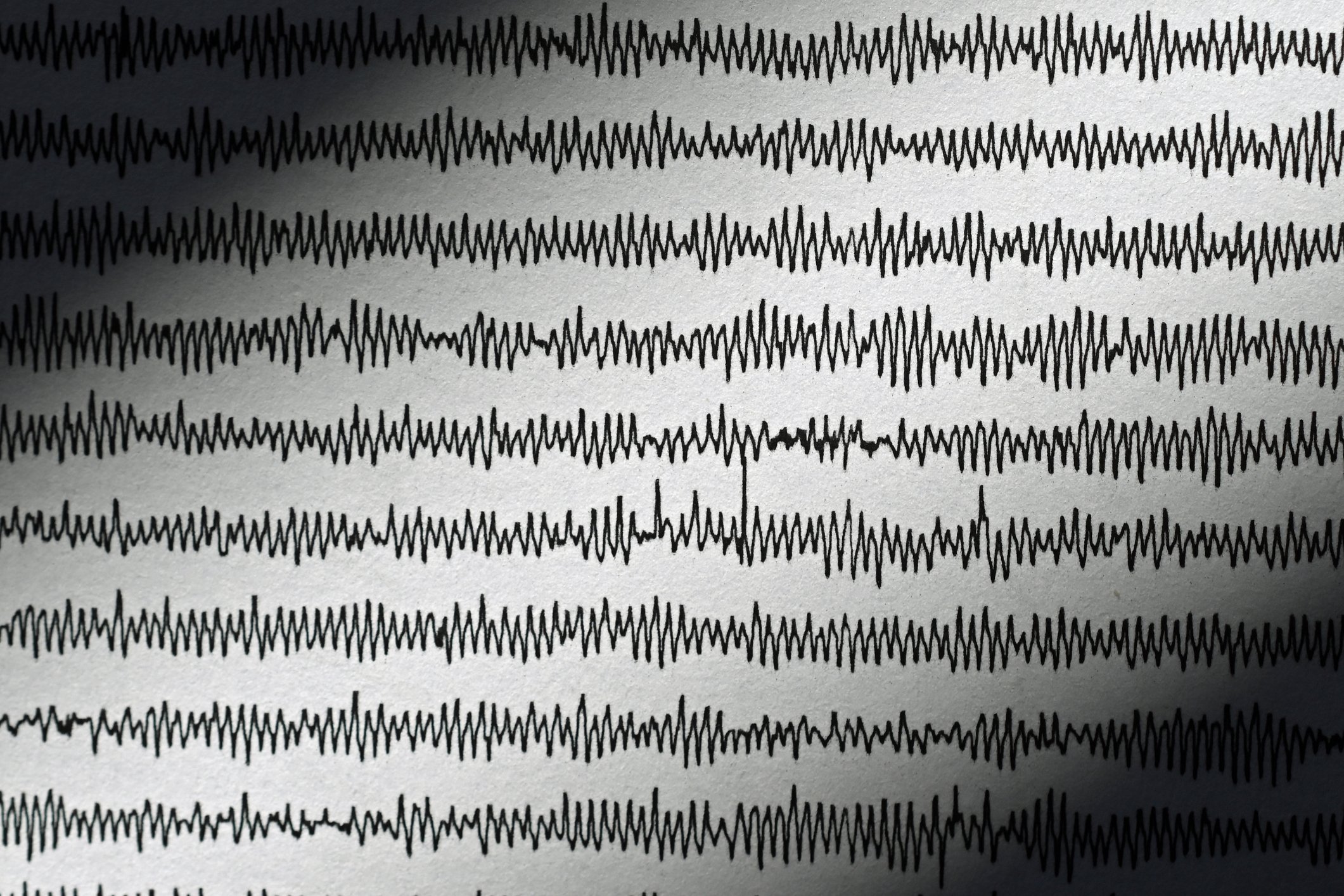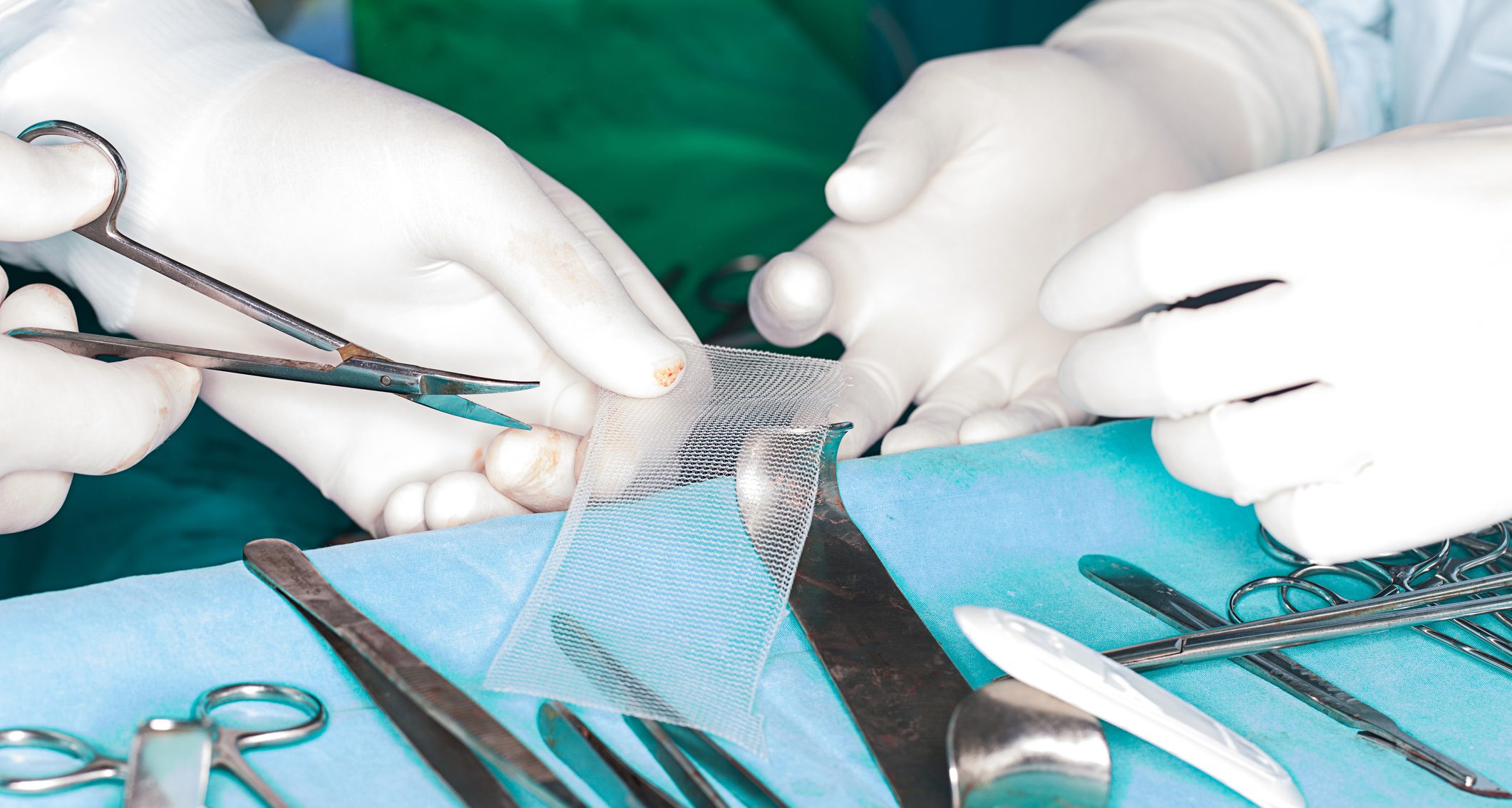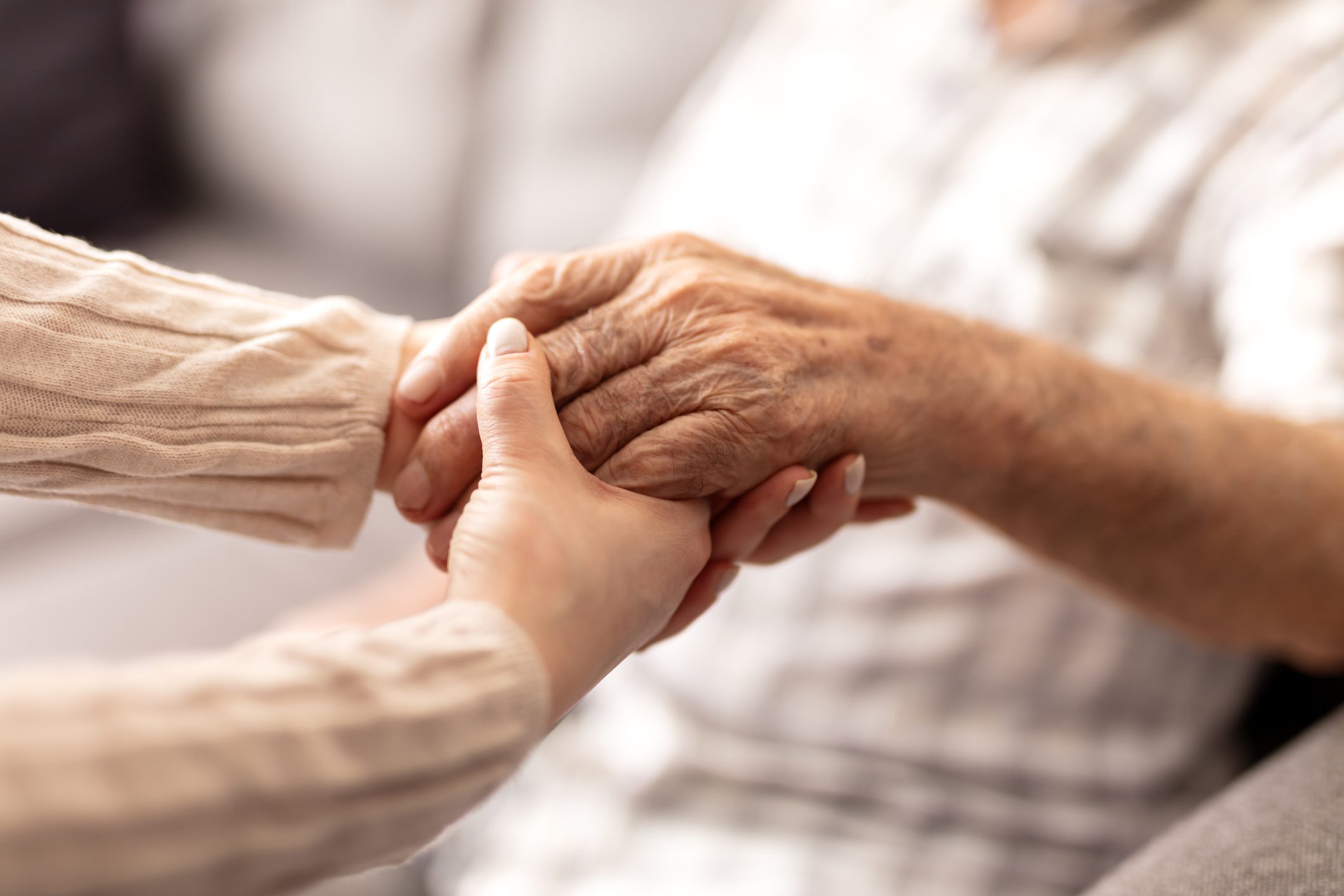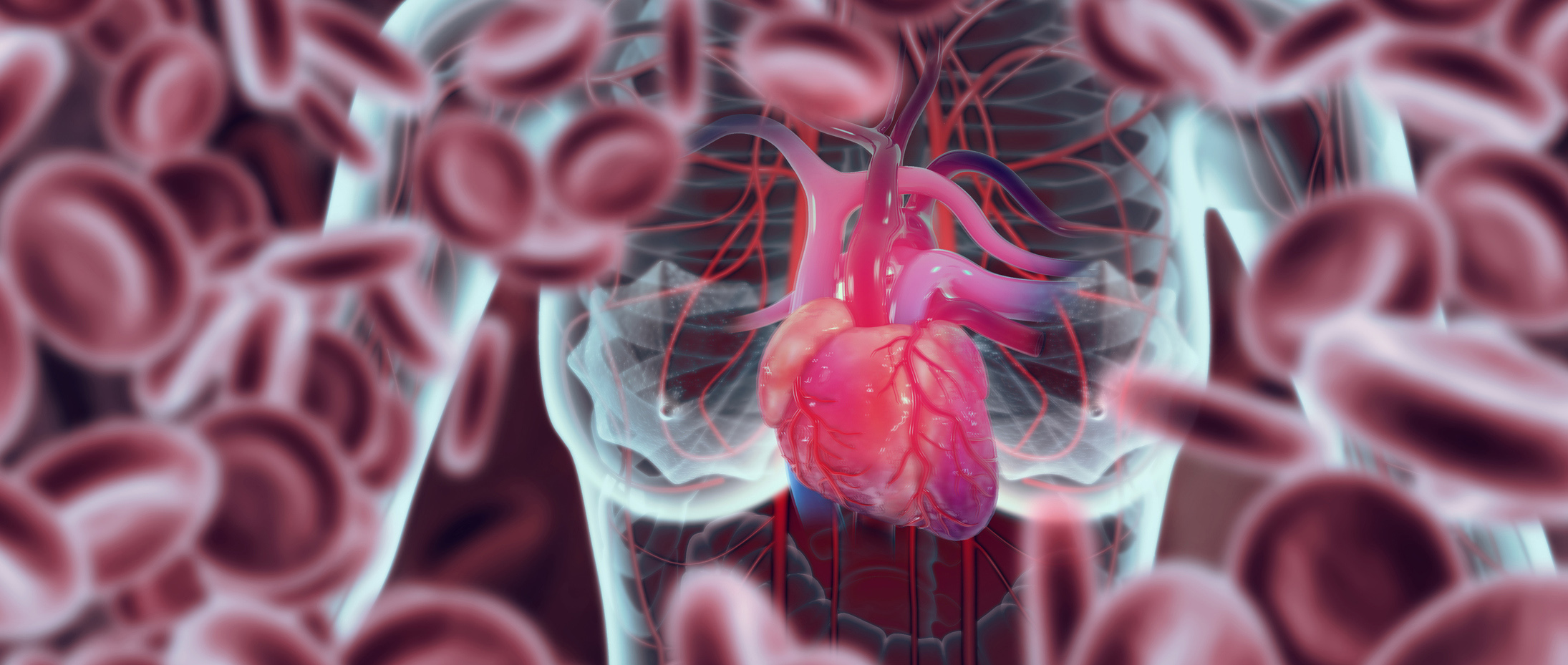In the case of wound healing disorders, an interdisciplinary diagnosis is recommended. In addition to treatment of the underlying disease, local wound treatment is the most important pillar of therapy. M.O.I.S.T is a modern concept for local therapy. In individual wound care, it is important to select the optimal wound dressing.
Chronic wounds are those that fail to close within 8 weeks. Vascular disease is the underlying cause in approximately 90% of chronic ulcers [1]. More than half of these are venous leg ulcers, slightly less common are mixed leg ulcers, followed by arterial leg ulcers and diabetic foot syndrome. The remaining 10% are due to other causes such as infections (e.g. late syphilis, atypical mycobacteriosis, cutaneous leishmaniasis), underlying autoimmunologic diseases (e.g. pyoderma gangrenosum, bullous dermatoses), neoplastic changes (basal cell/ squamous cell carcinoma), or exogenous factors (drugs, contact allergies, burns). The combination of treatment of the underlying disease and local modern wound care is the basis of efficient therapy.
Wound assessment: ABCDE rule
Detailed history and careful clinical inspection according to the ABCDE rule are key elements to clarify the etiology of wound healing disorders [1,2].
- A – Anamnesis: Obtaining a history of current symptoms, including intensity and duration of onset, exploring any underlying diseases, as well as a history of medications and inquiring about relevant lifestyle factors (e.g., diet, nicotine, alcohol).
- B – Bacteria: A common complication of chronic wounds is bacterial superinfection in the form of erysipelas or phlegmon. In addition to blood count, C-reactive protein, and erythrocyte sedimentation rate, a microbial smear should be performed.
- C – Clinical examination: Sensitivity testing, edema diagnosis, mobility in the ankle joint and assessment of malpositions are important elements of the clinical examination and provide valuable supplementary information in addition to the wound description (localization, size/depth, wound margin, wound environment, necroses, coatings and exudate).
- D – Circulation: The venous and arterial systems should be examined as part of vascular diagnostics. In addition to palpation of the foot pulses, this includes ankle-brachial pressure index and, if necessary, Doppler sonography of the leg veins.
- E – Extras: If the causes of the wounds cannot be determined by the basic diagnostic clarifications, a variety of further diagnostic procedures are available, such as biopsy, serological analyses, epicutaneous testing, pathergy test (pyoderma gangraenosum, Behçet’s disease), capillary microscopy (collagenosis) and genetic analyses.
Local therapy: M.O.I.S.T. concept
Local wound treatment is primarily based on the clinical picture, taking into account the wound bed, the wound environment, the infection status and the amount of exudate. The M.O.I.S.T. concept is a further development of the T.I.M.E. scheme and serves as a guide for the application of different wound therapeutics: “MoistureBalance” (exudate management), “OxygenBalance” (oxygen supply), “InfectionControl”, “Support” (support ofthe healing process), “TissueManagement” [1,3]. An important treatment goal is to transform the microenvironment of the chronic wound, characterized by persistent inflammation, into one that is conducive to healing. As part of a phase-adapted approach, wound cleansing and debridement are performed first, followed by stimulation of granulation tissue growth and promotion of epithelialization. Modern wound dressings have substances that promote healing, such as collagen, hemoglobin or silver. In addition to a moist wound climate, these dressings have wound cleansing and / or infection-inhibiting properties, which is why they are also referred to as active or interactive wound dressings.
Selection of the appropriate wound dressing
Nowadays, a variety of products are available for wound care. The most important materials are [4]:
- Activated charcoal dressings: anti-odor, bind bacteria and protein molecules.
- Alginates: can absorb a great deal of liquid, bind the wound secretion to form a gel that keeps the wound moist
- Antimicrobial dressings: contain substances that fight microbes; silver is most commonly used
- Wound films: Polyurethane-containing transparent covers without absorbent effect; permeable to air and water vapor, but not to liquid or bacteria
- Hydrofibers: Polyester fibers, store a lot of liquid, no maceration at wound edges.
- Hydrogels: support autolytic debridement, have a cooling effect
- Hydrocolloids: when wound exudate is absorbed, a gel is formed that keeps the wound moist but may also have an unpleasant odor
- Foam dressings: made of polyurethane foam, with or without silicone coating; large quantities of wound secretions are absorbed
In addition to conservative and interventional wound and vein therapy, compression therapy is an important treatment strategy for venous leg ulcers. Different materials and systems are used for this purpose (e.g. stockings, bandages with short-stretch bandages or multi-component systems).
Literature:
- Kusch K: Modern management of chronic wounds. Kerstin Kusch, MD, Dermatology and Allergology Refresher, FomF.de, Hofheim (D), Sept. 10, 2020.
- Eming SA, Dissemond J: Wound therapy. In: Plewig G et al. (Eds). Brown-Falco’s Dermatology, Venereology and Allergology. Springer Reference Medicine 2017.
- Dissemond J, et al: M.O.I.S.T. – a concept for the local therapy of chronic wounds. J Dtsch Dermatol Ges 2017; 15(4): 443-445.
- PROLIFE homecare GmbH, www.prolife-chronische-wunden.expert (last accessed 03.05.2021)
FAMILY DOCTOR PRACTICE 2021



